FIA head of aerodynamics Jason Somerville has provided a detailed explanation on how active aero will work in 2026, with the unusually named X-mode and Z-mode set to revolutionise the series.
The new F1 regulations are now confirmed, and focus within the paddock will shift to how best to exploit the new aerodynamic rules at the start of 2025. Until then, teams are not permitted to work on that section of the next generation of F1 cars.
What we do know, is that active aero will be embedded in the regulations, with both the front wing and rear wing switching between two configurations. This will depend on whether a car is in, or approaching, a corner or whether it is on a straight.
The rear wing will operate in a way not dissimilar to how DRS works now, but as the low downforce mode will be available to all, regardless of how close you are to the car in front, it is no longer an overtaking aid - and therefore, will no longer be referred to as such.
From 2026, the two states of aerodynamics will be known as X-mode and Z-mode, which Somerville explained upon the new rules being announced.
"X-mode is our terminology for the low drag mode and that gives you your high top-speed," he said. "And that's the state you'd be in when you're on a straight or past exiting a corner.
"As you approach the braking zone, you’d then pop into Z-mode, which is where the downforce is required to get through braking and around the corner.
"So we have these two modes that would be set up in terms of zones around the lap, and the drivers would be able to switch between these two modes when permitted.
"There may be Sporting Regulations, that for example prevent use in wet conditions, but otherwise we would expect the drivers to have access to both modes around the track for every lap."
Viewed by others:
Eradication of DRS
The rear wing will operate in a way not dissimilar to how DRS works now, but as the low downforce mode will be available to all, regardless of how close you are to the car in front, it is no longer an overtaking aid - and therefore, will no longer be referred to as such. Nor will the acronym DRS.
What is new, is an equivalent system for the front wing. Although active front wings are nothing new to F1 - the series tried them in 2009, but due to lack of use it was subsequently removed from the regulations - the extent that rear wing active aero will effect the 2026 necessitated its re-introduction.
"From our simulation work with the teams and their drivers, as soon as you have a rear wing that moves to reach the target drag level, it was clear that you needed to have an active front wing to match the balance characteristics," Somerville highlighted.
"There were certain conditions where the drivers didn't feel comfortable with a large forward aero balance, meaning lots of downforce on the front and not much downforce on the rear. So that led us towards the need to have an active front wing, as well as an active rear wing."
Required due to power unit changes
Whilst the degree to which active aero will reduce drag may seem over the top, it is a consequence of the radical new approach F1 has taken with next generation of power units.
Due to the substantial increase in electrical power, and the reduction in more conventional engine methods, without active aero to the level adopted for 2026, there would have been a significant loss of straight-line speed in F1.
"One of the aspects of the 2026 power unit is the greater reliance on electrical energy," stated Somerville.
"If you were to drop the 2026 power unit into a current car, given the underlying drag level, the energy required to push the car through the air is rather high, and that wouldn't be very well aligned with the characteristics of the power unit. We would end up with a severe drop off in speed on the typical main straights.
"So, the focus for 2026 aerodynamically has been to reduce the base level of drag of the car, while trying to maintain a good level of downforce in the corners, and that's led us towards active aerodynamics."
Also interesting:
In the latest episode of the RacingNews365.com podcast, join Ian Parkes, Sam Coop and Nick Golding as they look ahead to the Canadian Grand Prix, Red Bull's struggles potentially continuing and the news that Esteban Ocon will leave Alpine at the end of 2024.
Most read
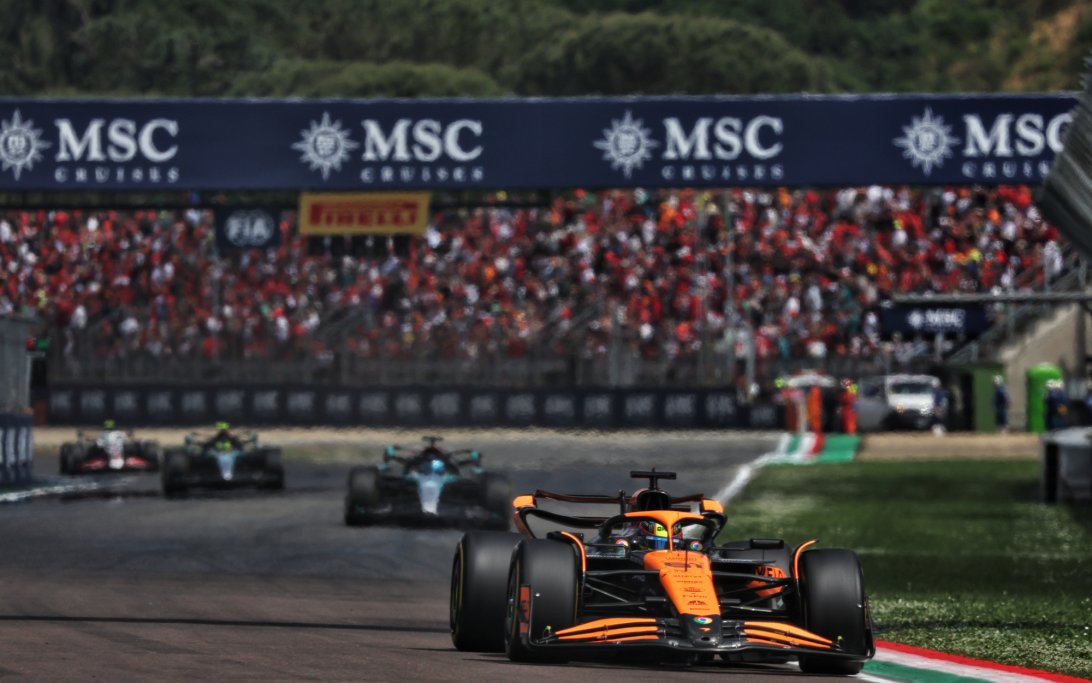

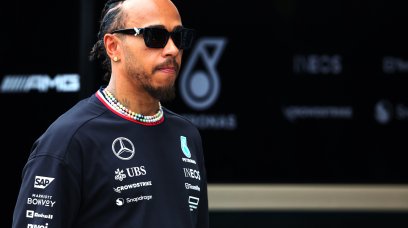
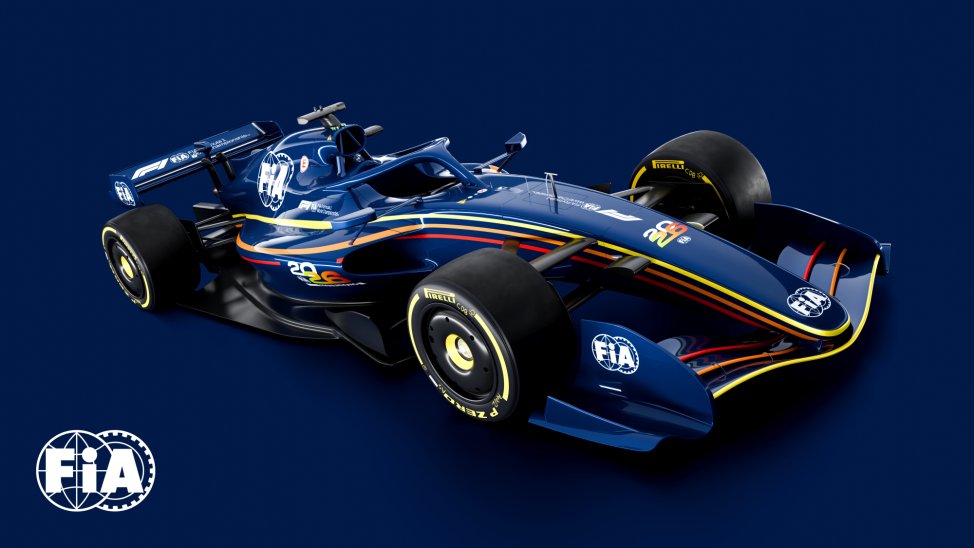


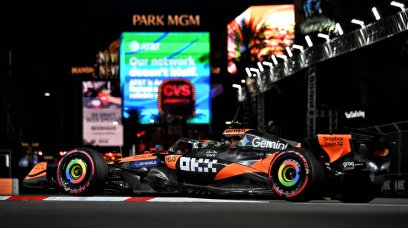
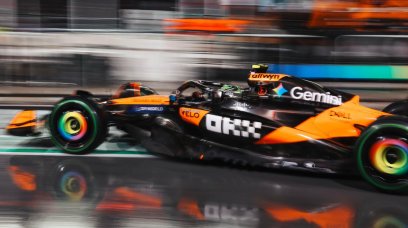

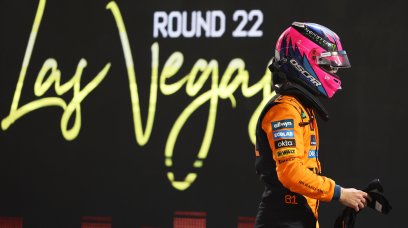
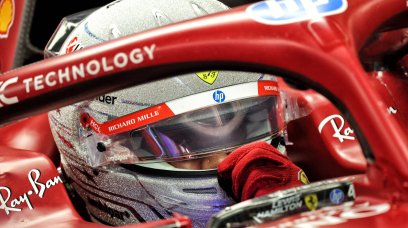
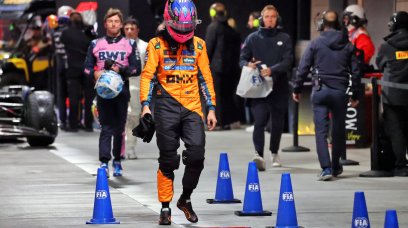

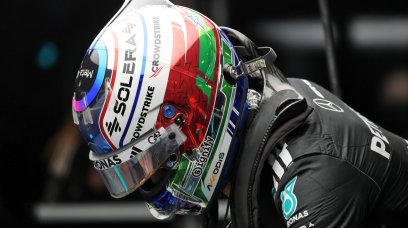













Join the conversation!